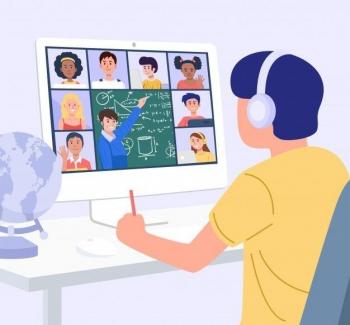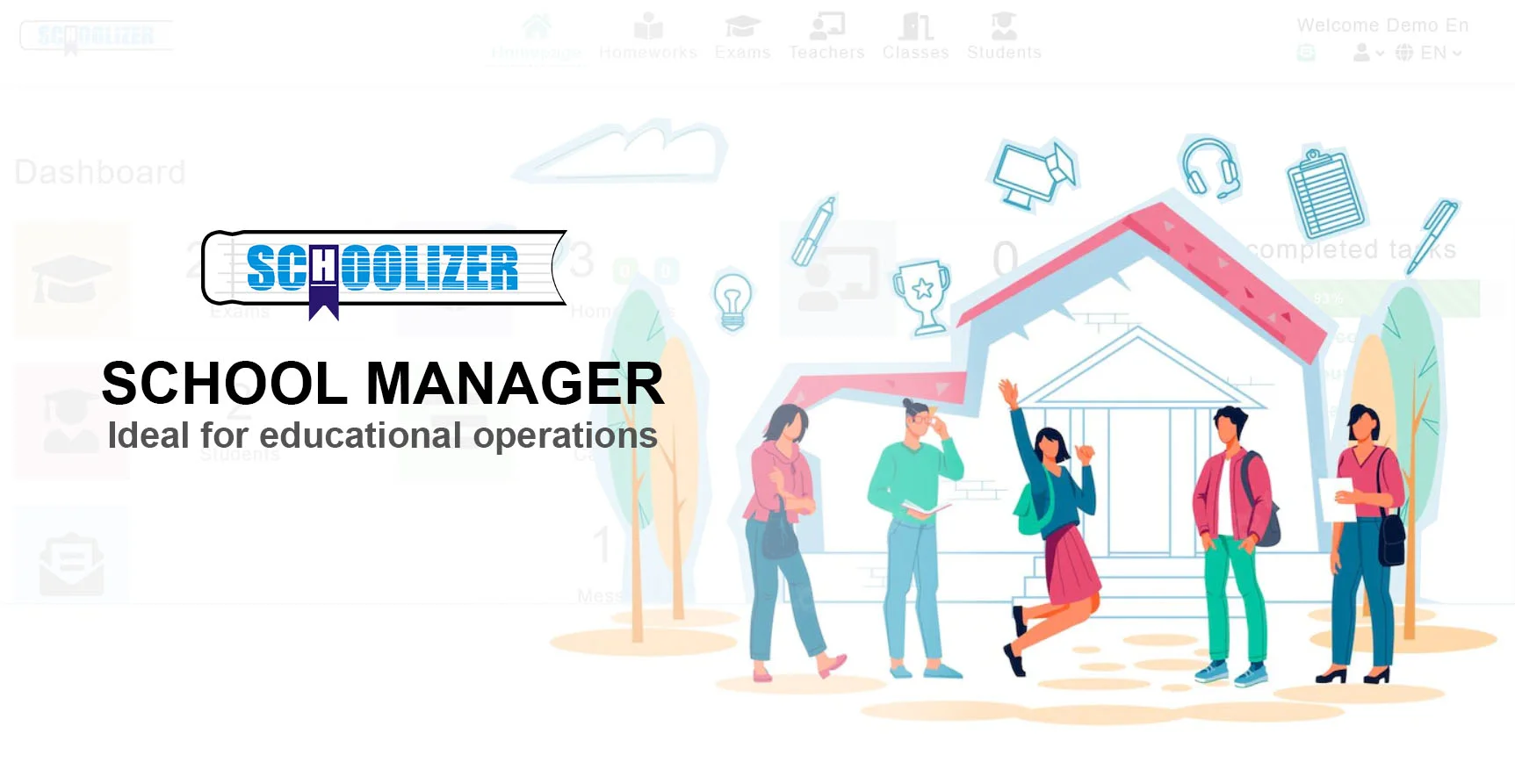Student Voice: A Reckoning for Higher Education's Future

Student Voice: A Reckoning for Higher Education's Future
What if students had a real say in shaping their education? Why does higher education often resist meaningful student input? How can institutions embrace student voices to create more equitable and effective learning environments? These questions lie at the heart of a growing movement demanding change in higher education.
The Rising Demand for Student Representation
Across campuses nationwide, students are pushing for greater involvement in decision-making processes that directly affect their academic experiences. From curriculum design to institutional policies, learners are advocating for shared governance models that recognize their expertise as primary stakeholders in education.
A powerful example comes from Rutgers University, where students successfully campaigned for voting rights on key university committees. Their persistent advocacy led to structural changes that now include student perspectives in tenure decisions, budget allocations, and academic program evaluations.
This shift reflects broader societal changes where younger generations expect participatory democracy in institutions that shape their lives. Higher education, traditionally hierarchical in nature, faces mounting pressure to adapt to these evolving expectations.
Barriers to Meaningful Student Involvement
Despite growing demand, significant obstacles prevent authentic student participation. Many institutions maintain tokenistic approaches, inviting student input only after major decisions are made or limiting their role to advisory capacities without real power.
The University of California system's struggles with student representation illustrate these challenges. While student regents hold seats on the governing board, they often face restrictions on voting rights for sensitive matters, creating frustration among student leaders who feel their presence serves more for optics than substantive change.
Structural barriers include:
- Short academic cycles that prevent sustained engagement
- Power imbalances between students and tenured faculty
- Institutional resistance to sharing governance authority
- Lack of training for students in complex policy matters

Successful Models of Student-Centered Governance
Some institutions demonstrate how meaningful student participation can enhance decision-making. Evergreen State College's radical democratic model includes students at all levels of governance, from curriculum committees to strategic planning groups, with equal voting rights alongside faculty and administrators.
At Hampshire College, students help design their own academic pathways through close collaboration with faculty advisors. This participatory approach has led to innovative interdisciplinary programs that respond directly to student interests and societal needs.
Key elements of successful models include:
- Formalized voting rights on governing bodies
- Structured mentorship programs for student representatives
- Transparent decision-making processes
- Compensation for student leadership roles

The Equity Imperative in Student Voice
Amplifying marginalized student perspectives remains a critical challenge. Traditional student government structures often privilege those with existing social capital, leaving out voices from first-generation, low-income, and minority student populations.
The University of Michigan's Diversity, Equity, and Inclusion initiative created specialized advisory boards that compensate underrepresented students for sharing their experiences. This approach has informed policy changes ranging from mental health services to financial aid distribution.
Effective equity-focused strategies include:
- Targeted outreach to marginalized student groups
- Alternative participation formats beyond formal meetings
- Cultural competency training for faculty and administrators
- Recognition of lived experience as valid expertise

Technological Tools for Amplifying Voices
Digital platforms offer new possibilities for inclusive participation. Arizona State University's digital democracy initiative uses crowdsourcing software to gather student input on campus policies, with proposals receiving over 500 endorsements automatically advancing to formal review.
Other institutions employ:
- Anonymous feedback systems for sensitive issues
- AI-assisted analysis of qualitative input
- Virtual reality simulations of policy impacts
- Blockchain-based voting for secure decision-making
These tools help overcome traditional barriers of time, location, and social anxiety that limit participation in conventional governance structures.

The Future of Student-Centered Higher Education
As demographic shifts and financial pressures transform higher education, institutions that genuinely embrace student voice will likely thrive. The next frontier involves moving beyond representation to co-creation of learning experiences.
Minerva University's model demonstrates this potential, with students actively designing components of their curriculum and assessment methods in partnership with faculty. Early results show higher engagement and retention rates compared to traditional programs.
Emerging trends include:
- Student-faculty research partnerships
- Participatory budgeting processes
- Dynamic curriculum adaptation based on real-time feedback
- Alumni involvement in ongoing governance
The reckoning facing higher education isn't just about including student voices—it's about reimagining institutions as true learning communities where all members contribute meaningfully to shared goals.






